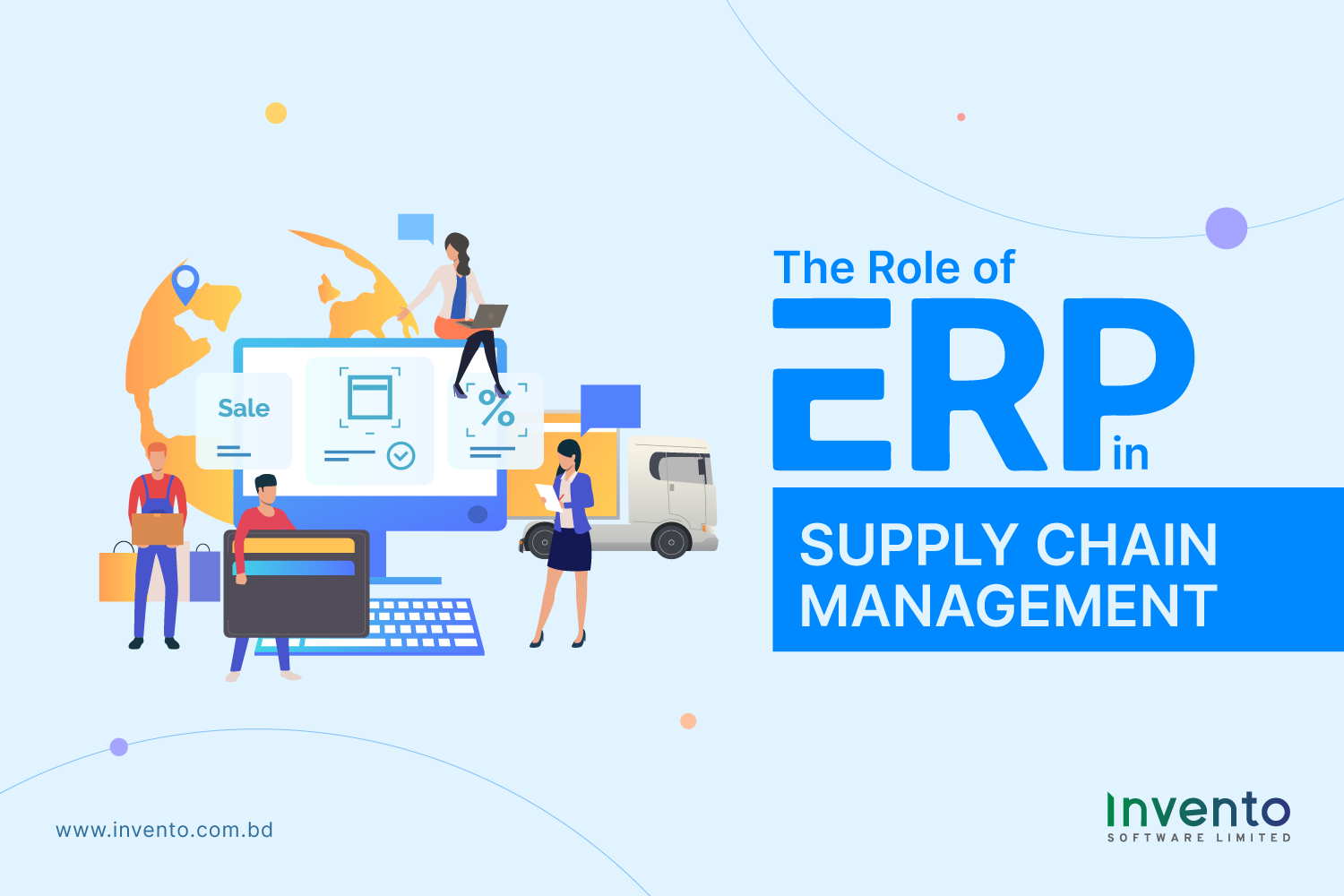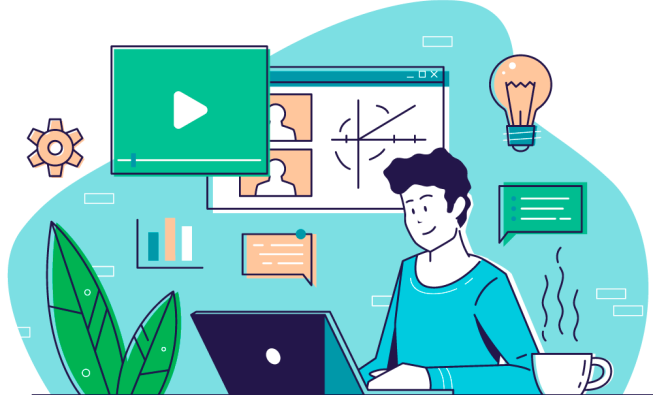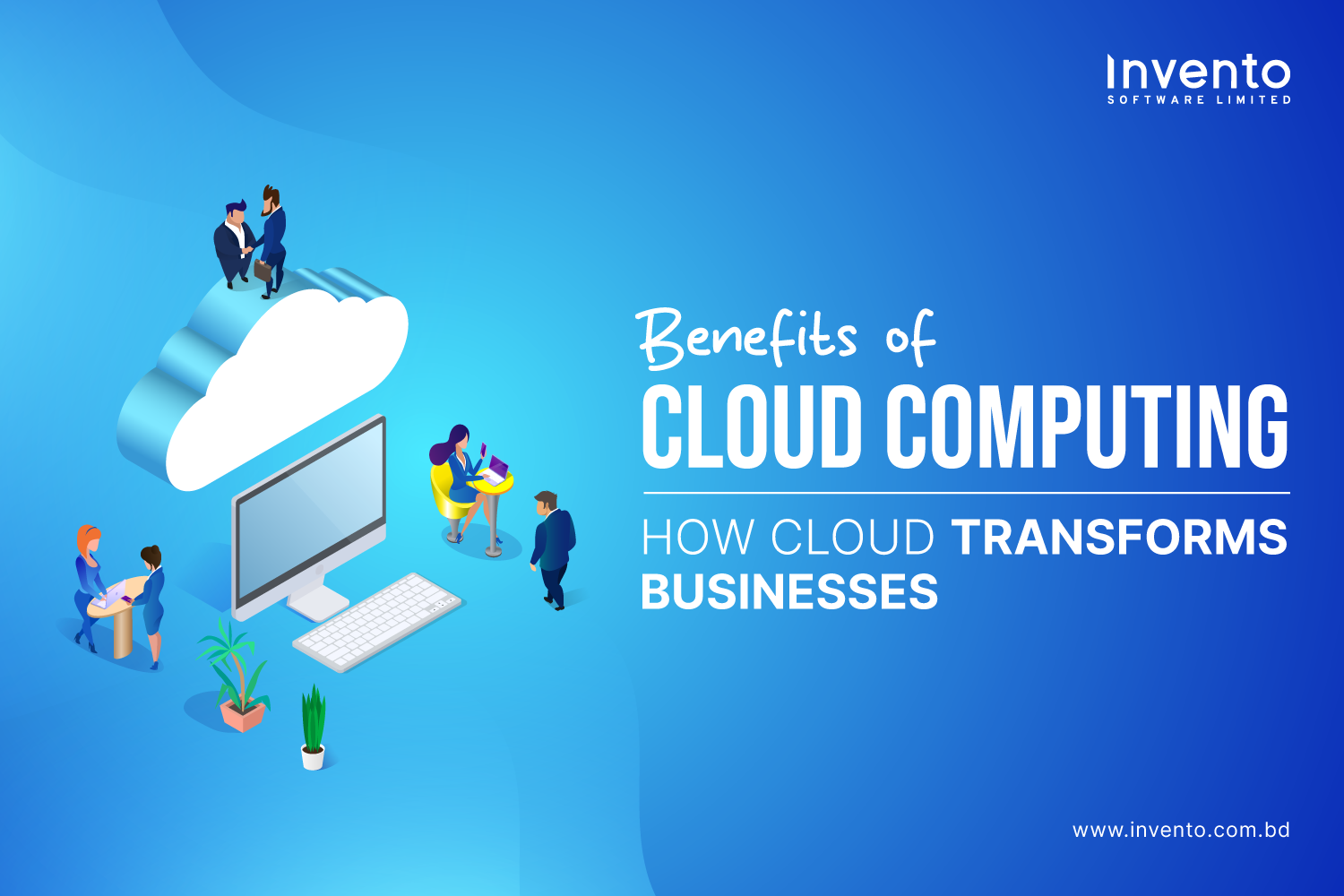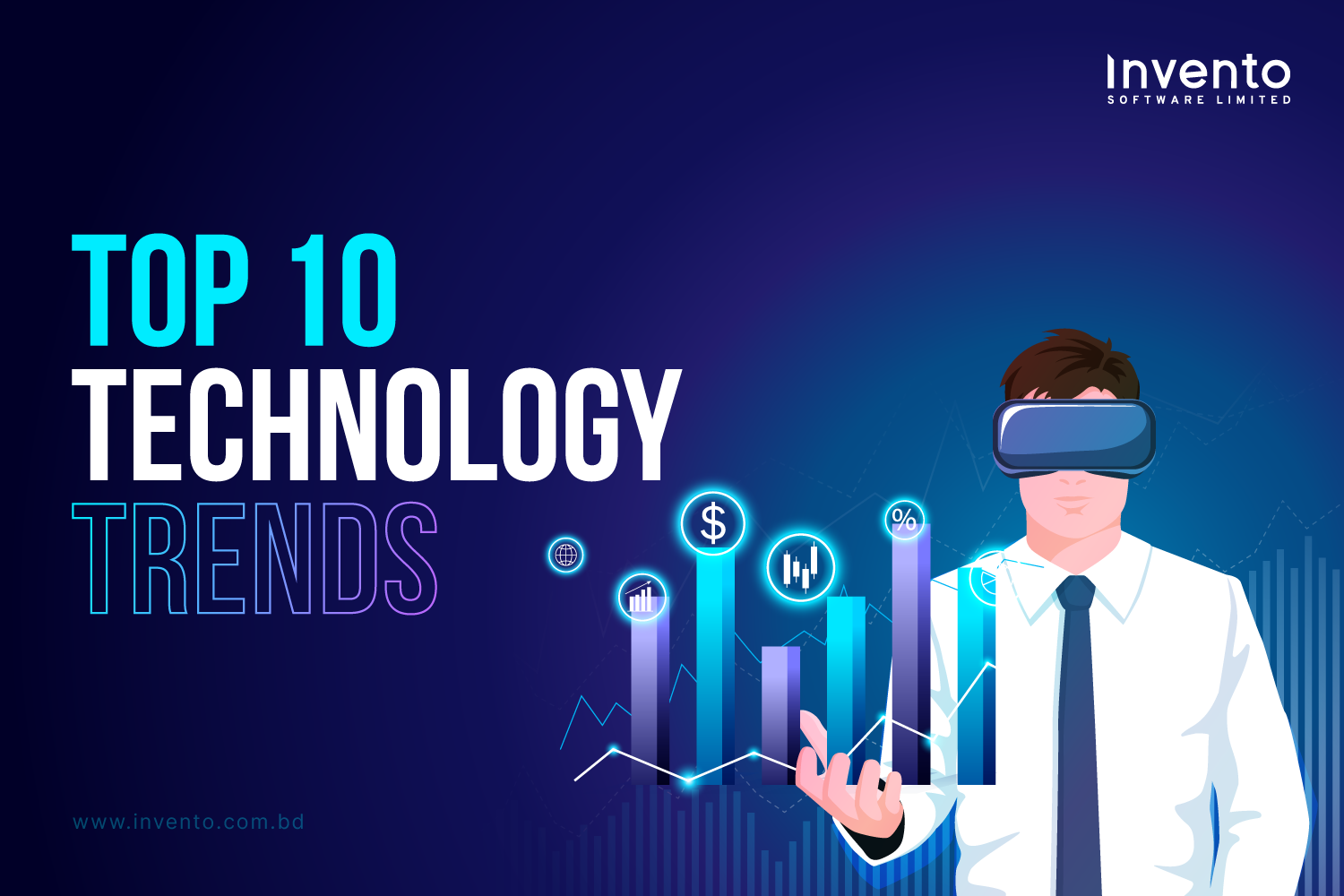Let me paint a picture for you. Not that long ago, there was this guy, Jackson, running a decent-sized manufacturing biz. Dude was drowning in problems—missing stock, late deliveries, and suppliers who seemed permanently confused. His team juggled a mess of different apps for inventory, accounts, and orders. Surprise, surprise: everything moved at a snail’s pace, mistakes were basically daily, and customers? Yeah, not happy.
So what did Jackson do? He stopped messing around and brought in an ERP system. Suddenly, things clicked. Orders shipped on time, inventory numbers made sense, and suppliers actually knew what was going on. The transformation was almost cinematic.
And look, Jackson’s not some unicorn. This kind of glow-up is happening everywhere. More and more companies are getting wise and bringing ERP into the supply chain game. You could be next, honestly. So let’s get into the nitty-gritty—stick around, and I’ll break it all down.
What’s ERP in Supply Chain Management, Anyway?
ERP stands for Enterprise Resource Planning, but let’s keep it simple—it’s a big, brainy piece of software that ties all your business bits together. Finance, sales, HR, production, inventory, supply chain… all on one screen. No more bouncing between mismatched apps.
For supply chain geeks, ERP means the whole process—from raw materials rolling in to the finished product landing with the customer—is connected and totally visible. Instead of playing whack-a-mole with separate tools, managers get a single, real-time dashboard. You see what’s happening, as it happens.
Why Do Businesses Even Bother With ERP for Supply Chain Management?
Short answer: because the old way is a nightmare. Customers want stuff delivered yesterday, orders need to be perfect, and service can’t drop the ball. Meanwhile, costs are going up, competition’s global, and supply chains look like a giant bowl of spaghetti.
Still, lots of companies are stuck in the stone age, patching things together with spreadsheets and endless email chains. That’s fine if you’re running a lemonade stand, but once you scale up. Here’s what usually goes wrong:
- Missed Orders: Sales and inventory don’t talk, so you sell stuff you don’t even have. Customers get mad, trust takes a nosedive.
- Production Delays: No one knows if there’s enough raw material, so production stalls or gets jammed up. Time = money, and now you’re burning both.
- Overstocking or Stockouts: Guesswork replaces real data, so you end up with warehouses full of dust collectors or, worse, nothing to ship.
- Costs Go Through the Roof: Manual errors, double work, and planning with your fingers crossed all add up to wasted cash.
ERP systems connect every piece of the supply chain puzzle—procurement, inventory, production, logistics, sales—into ONE source of truth. Everybody’s finally on the same page. Wild, right?
The Main Gigs ERP Handles in the Supply Chain
1. Inventory Control
Real-time stock numbers, warehouse activity, and automatic reorder points. No more grim surprises or empty shelves.
2. Order Management
ERP automates order processing, so managers can track everything—orders, fulfillment, deliveries. Customers start smiling again.
3. Supplier & Procurement Management
It smooths out supplier wrangling, tracks vendors, and manages purchase requests and payments in one spot. Way fewer headaches.
4. Production Planning
No more guessing games. ERP lets you line up demand forecasts with raw material counts, so production keeps humming and downtime shrinks.
5. Logistics & Distribution
From plotting the fastest routes to keeping tabs on shipments, ERP cuts delivery time and costs. Products get where they need to go, fast.
6. Real-Time Insights
Managers get live dashboards and instant reports. Decisions happen on the fly, based on real numbers—not gut feelings.
Why ERP Is a Game-Changer for Supply Chain Management
Plug an ERP into your supply chain and you get way more than just some fancy automation. Check this out:
Full-On Visibility
Every department—procurement, sales, you name it—shares the same info. Silos crumble, teamwork gets easier, and managers can track goods every step of the way.
Forecasting That’s Actually Smart
ERP chews through past sales, market trends, and live data to predict demand. So you’re not just guessing what’ll happen next week—you actually know.
And that’s just the start. Stick around, and I’ll spill more on how ERP keeps the supply chain running like a well-oiled machine (or, you know, at least a car that actually starts in the morning).
How to Successfully Implement ERP in Supply Chain Management
Implementing ERP in the supply chain is not just about installing software—it’s about transforming the way your business operates. Here’s a step-by-step approach relevant to supply chain management:
Assess Current Supply Chain Challenges
Start by identifying bottlenecks. Are you facing stockouts? Supplier delays? High logistics costs? Understanding pain points helps set clear goals for ERP implementation.
Define Supply Chain Objectives
Decide what you want ERP to achieve—better demand forecasting, faster order fulfillment, lower costs, or improved supplier collaboration. Having measurable objectives ensures success.
Choose the Right ERP System
Select an ERP that fits your industry and supply chain needs. For example:
- Odoo ERP for modular growth and flexibility
- ERPNext for open-source customization
- SAP or Oracle for large-scale global supply chains
The right ERP depends on your company size, budget, and growth plans.
Involve All Stakeholders
Supply chain management affects procurement, production, finance, and logistics. Involving stakeholders early ensures smooth adoption and reduces resistance.
Start with Core Supply Chain Modules
Instead of implementing everything at once, begin with critical modules like inventory, procurement, and order management. Once your team is comfortable, expand to logistics, forecasting, and customer management.
Train Your Team Effectively
Even the best ERP will fail if employees don’t know how to use it. Provide training tailored to each department so that the system is used effectively from day one.
Monitor, Optimize, and Scale
After implementation, continuously monitor results with ERP dashboards. Optimize workflows, add advanced features like AI-driven forecasting, and scale your ERP as your supply chain grows.
Final Thoughts
The role of ERP in supply chain management is not just supportive, it’s transformative. From procurement to logistics, ERP ensures that every link in the supply chain works together seamlessly.
Businesses which adopt ERP gain better visibility, improved forecasting, cost savings, and stronger supplier and customer relationships. By implementing ERP step by step, companies can turn their supply chain into a competitive advantage.
Just like Jackson’s company, your business too can move from chaos to clarity with ERP. In today’s competitive market, ERP is the backbone of a successful and resilient supply chain.
Frequently Asked Questions (FAQs)
1. What is ERP in supply chain management?
ERP in SCM is a software system that integrates all supply chain processes – including purchasing, production, inventory, and distribution – into one platform. It helps businesses improve efficiency, reduce costs, and ensure timely delivery.
2. How does ERP improve supply chain efficiency?
ERP improves efficiency by automating tasks, providing real-time data, reducing manual errors, and ensuring better coordination between departments. This results in faster operations and lower costs.
3. Can small businesses use ERP for supply chain management?
Yes. Many cloud-based ERP systems are affordable and scalable, making them suitable for small and medium businesses. They can start with basic features and expand as they grow.
4. What is the difference between ERP and SCM software?
SCM software focuses only on supply chain processes, while ERP covers a wider range – including finance, HR, sales, and more. ERP supports SCM by connecting supply chain activities with the rest of the business.







